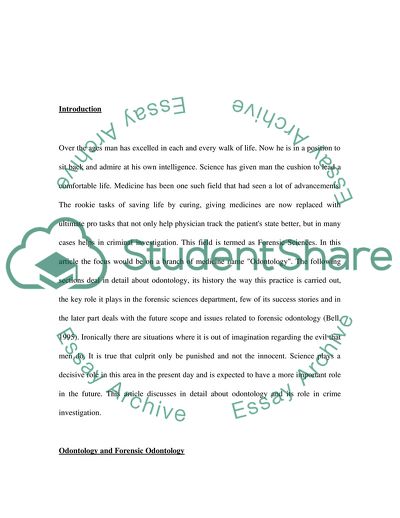Cite this document
(Forensic Odontology: Forensic Dentistry as an Aid to the Pathologist Coursework, n.d.)
Forensic Odontology: Forensic Dentistry as an Aid to the Pathologist Coursework. https://studentshare.org/science/1708243-forensic-odontology-forensic-dentistry-as-an-aid-to-the-pathologist
Forensic Odontology: Forensic Dentistry as an Aid to the Pathologist Coursework. https://studentshare.org/science/1708243-forensic-odontology-forensic-dentistry-as-an-aid-to-the-pathologist
(Forensic Odontology: Forensic Dentistry As an Aid to the Pathologist Coursework)
Forensic Odontology: Forensic Dentistry As an Aid to the Pathologist Coursework. https://studentshare.org/science/1708243-forensic-odontology-forensic-dentistry-as-an-aid-to-the-pathologist.
Forensic Odontology: Forensic Dentistry As an Aid to the Pathologist Coursework. https://studentshare.org/science/1708243-forensic-odontology-forensic-dentistry-as-an-aid-to-the-pathologist.
“Forensic Odontology: Forensic Dentistry As an Aid to the Pathologist Coursework”. https://studentshare.org/science/1708243-forensic-odontology-forensic-dentistry-as-an-aid-to-the-pathologist.


